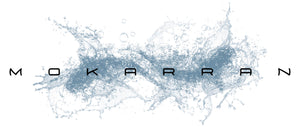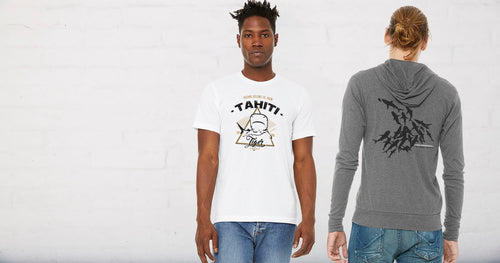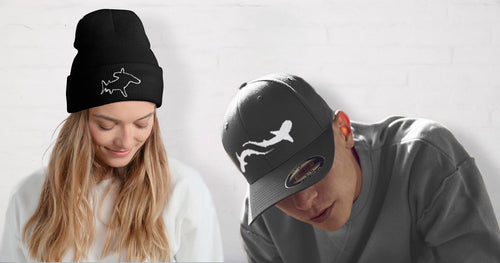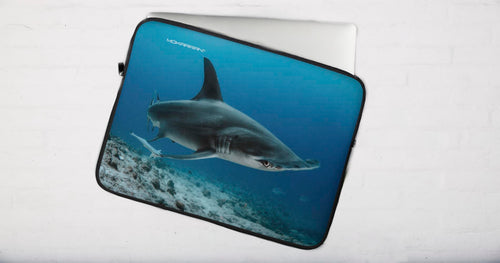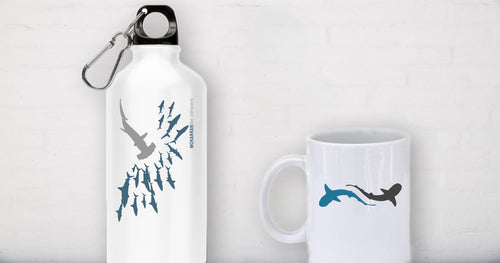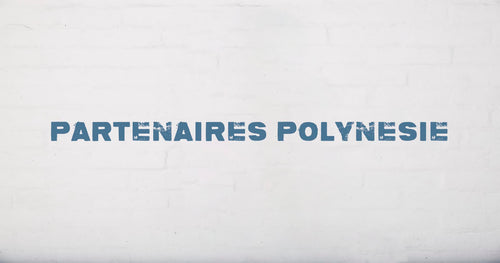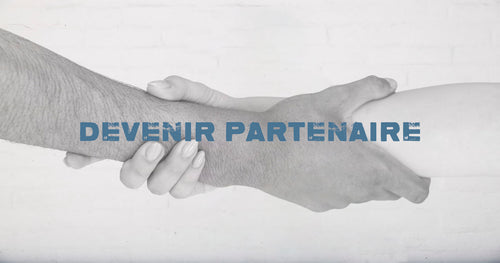Mokarran and traditional mythology: "Te M'ao the shark lord of our islands"
At the time of the origins, in traditional Polynesian mythology, the great blue shark Te Ma'o purotu was god's favorite sacred shark Ta'aroa, master of the deep sea. He lived in Purotu, original sacred land located in the depths of the ocean which gave the deep blue ocean its name in the Tahitian language. He used to come to the surface and swim near the beach to feed on seaweed and play with the children. But one day, alerted by the gods of the sea, humans began to distrust the tame shark of Ta'aroa who could have the bad intention of devouring them. During a hunt led by two brave warriors determined to kill him, the shark was injured and then looked as if he had succumbed. It was then that suddenly he found himself lifted up into the sky by the gods Ta'aroa and you, angered by this unjust fate. This is how the shark found its life in the original sacred waters of the celestial realm Te-vai-ora of the god Tane, of which he became the guardian, under his new name Fa'arava-i-te-ra'i. From then on he retained in the eyes of men a status Tapas (forbidden), which means that it was not consumed and, by virtue of the prohibitions that hovered over sacred names, its name was not even to be spoken ...
On the other hand, it is with fearful respect that the term Paradewas pronounced in the 18th centurye century to mention the fierce warriors of Anaa Atoll in the Tuamotu Archipelago. The latter ruled without concession over the Tuamotu and even on the island of Tahiti, with attacks as sudden as violent, most often taking advantage of storms that they faced in canoes for several hundred kilometers before melting down by surprise. on their unfortunate victims. They killed (and often devoured) men and brought women and children back as slaves. These bloodthirsty warriors had inherited this nickname which is none other than the vernacular name, that is to say in reo Ma'ohi, given to the longimane shark (the offshore white fin, Carcharhinus longimanus). This is undeniably by similarity to the behavior of this shark known for its mobility on the high seas, its tenacity and its aggressiveness towards men who are unfortunate enough to find themselves in the water after a shipwreck.
Thesis kaito (warriors) even wore armor made of sharkskin and reinforced with shark teeth, as well as knives and spears using those razor-sharp appendages. An incredible example of behavioral and quasi-aesthetic convergence between man and animal ...
On the other hand, it is with fearful respect that the term Paradewas pronounced in the 18th centurye century to mention the fierce warriors of Anaa Atoll in the Tuamotu Archipelago. The latter ruled without concession over the Tuamotu and even on the island of Tahiti, with attacks as sudden as violent, most often taking advantage of storms that they faced in canoes for several hundred kilometers before melting down by surprise. on their unfortunate victims. They killed (and often devoured) men and brought women and children back as slaves. These bloodthirsty warriors had inherited this nickname which is none other than the vernacular name, that is to say in reo Ma'ohi, given to the longimane shark (the offshore white fin, Carcharhinus longimanus). This is undeniably by similarity to the behavior of this shark known for its mobility on the high seas, its tenacity and its aggressiveness towards men who are unfortunate enough to find themselves in the water after a shipwreck.
Thesis kaito (warriors) even wore armor made of sharkskin and reinforced with shark teeth, as well as knives and spears using those razor-sharp appendages. An incredible example of behavioral and quasi-aesthetic convergence between man and animal ...
Text: Eric Clua & Frédéric Torrente

